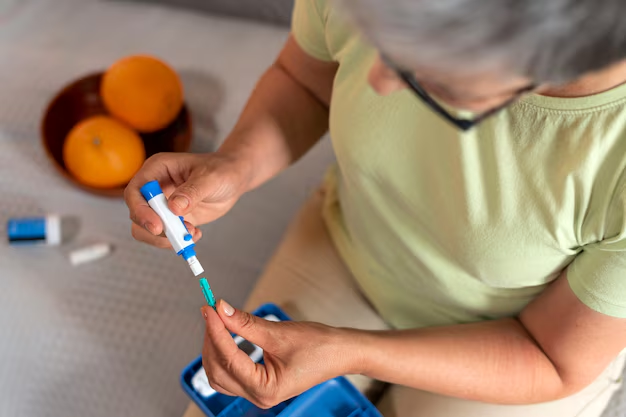Can Adults Get Type 1 Diabetes? Here's What You Need to Know
Many people associate Type 1 diabetes with childhood, leading to the misconception that acquiring it as an adult is impossible. However, the truth is that adults can and do develop this condition, and it’s known as LADA (Latent Autoimmune Diabetes in Adults). Understanding LADA is crucial, especially for those who might confuse it with Type 2 diabetes due to its typically gradual onset in adulthood.
What is Type 1 Diabetes?
Type 1 diabetes is an autoimmune condition where the body’s immune system mistakenly attacks and destroys insulin-producing cells in the pancreas. As a result, insulin production ceases, leading to elevated blood sugar levels. While it's often diagnosed in children and adolescents, approximately 5-10% of all diabetes cases diagnosed in adults are Type 1, underscoring that it affects more than just the young.
Understanding LADA
LADA is frequently misdiagnosed as Type 2 diabetes because of its slow progression. Individuals with LADA are often adults over the age of 30 who require little or no insulin in the early months or years after diagnosis. However, the need for insulin eventually becomes critical as the body's insulin production diminishes. Hence, it’s crucial for adults experiencing diabetes symptoms to receive a proper diagnosis using blood tests for antibodies, such as GAD antibodies, to distinguish LADA from Type 2 diabetes.
Symptoms to Watch Out For
- Increased Thirst and Urination: A common indication of elevated blood glucose levels.
- Unexplained Weight Loss: Despite eating normally or even more than usual.
- Fatigue: Persistent tiredness that doesn't improve with rest.
- Blurred Vision: Due to swelling of the lens within the eye from high blood sugar.
If you’re experiencing these symptoms, it's important to consult a healthcare provider to determine the correct type of diabetes and receive appropriate treatment.
Challenges of Adult-Onset Type 1 Diabetes
Adults diagnosed with Type 1 diabetes may face unique challenges, such as the responsibilities of managing career, family, and financial obligations alongside a demanding health regimen. Access to affordable care can be a significant concern given the costs associated with regular insulin use, blood glucose monitoring, and potential medical complications.
Financial and Supportive Resources
Navigating the financial strain of Type 1 diabetes can be daunting, but several resources can ease the burden:
- Government Aid Programs: These offer financial assistance for diabetes treatment and medication. Programs like Medicare and Medicaid can often cover essential costs.
- Insurance Coverage: Check your health insurance plan for diabetes-related coverage options.
- Diabetes Grants and Funds: Organizations offer grants specifically for insulin supplies and diabetes care.
- Community Support: Diabetes support groups can provide both emotional support and practical advice for managing the condition.
Taking advantage of these resources can simplify handling a Type 1 diabetes diagnosis and related expenses, allowing individuals to focus on leading a healthy life while better managing their financial responsibilities.
Useful Resources for Financial Support
- 💊 Medicare and Medicaid: Offers significant coverage for diabetes management and treatment.
- 🏛️ State-Assisted Programs: Some state programs are designed to assist with healthcare costs.
- 📚 Educational Grants: Scholarships specific to those affected by chronic illnesses can help with educational expenses.
- 💳 Credit Card Solutions: Low-interest options could help manage unexpected medical expenses.
- 📞 Non-Profit Resources: Diabetes organizations sometimes offer funding for medical equipment and medication.
- 🤝 Support Groups: Valuable for emotional support and sharing strategies for managing expenses.
Being informed about the realities and support options for Type 1 diabetes when diagnosed in adulthood can empower individuals to manage their health more effectively while maintaining a stable financial footing.
